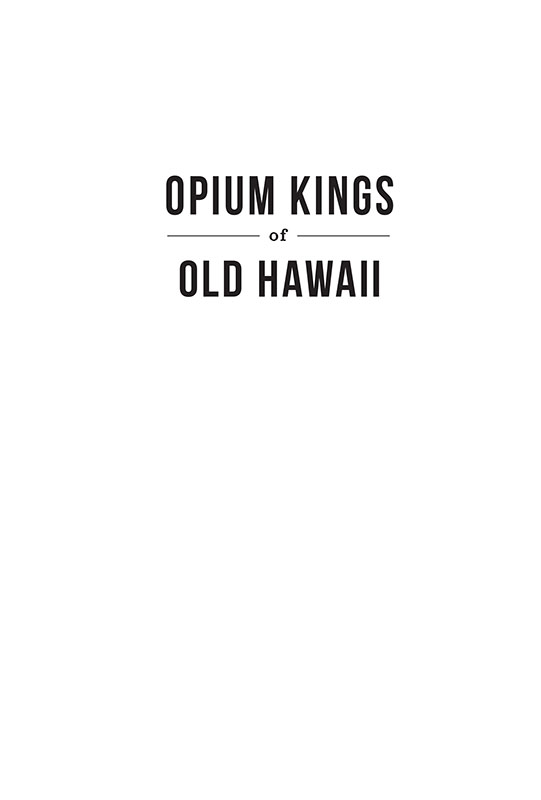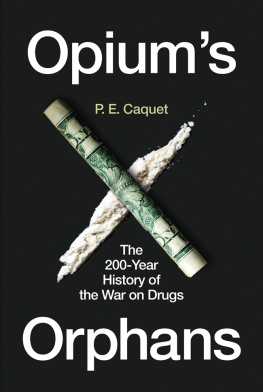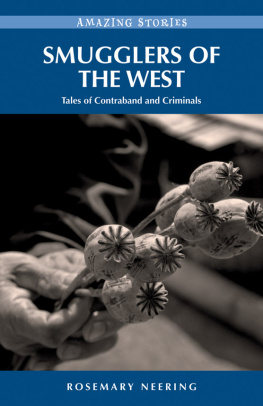


Published by The History Press
Charleston, SC
www.historypress.com
Copyright 2021 by John Madinger
All rights reserved
First published 2021
e-book edition 2021
ISBN 978.1.43967.254.9
Library of Congress Control Number: 2020951859
print edition ISBN 978.1.46714.711.8
Notice: The information in this book is true and complete to the best of our knowledge. It is offered without guarantee on the part of the author or The History Press. The author and The History Press disclaim all liability in connection with the use of this book.
All rights reserved. No part of this book may be reproduced or transmitted in any form whatsoever without prior written permission from the publisher except in the case of brief quotations embodied in critical articles and reviews.
CONTENTS
INTRODUCTION
The war was over. The Great War, the War to End All Wars, the War that Would Make the World Safe for Democracy ground to a bloody and exhausted close earlier that day. All across the earth, the word went out, traveling by telegraph and wireless so that the celebrations could begin, even in the remotest corners of a planet that had just seen its very first world war. At eleven oclock that morning in France and Belgium, the guns of the western front fell silent for the first time in four years, and from Europes capitals to the heart of Africa, men turned away from killing. In San Francisco that day, thirty thousand people came out to celebrate in the streets. All of them wore gauze masks, the scantest protection against the flu pandemic that would kill forty or fifty million around the world before it burned itself out.
At the far end of the earth, on treeless, windswept Akutan Island, Alaska Territory, the winter crew at the North Pacific Sea Products plant gathered for lunch and celebrated the armistice. Most of the companys fleet had left Akutan for winter quarters in Seattle or Tacoma. Facing the ferocious storms and monstrous seas of the Gulf of Alaska and the Bering Sea in winter, the whaling and fishing seasons were over, and the North Pacific men could relax in the ragged collection of buildings that huddled at the edge of the harbor as they waited for the short November day to end. Outside, the wind began to pick up, whistling past the oil tanks ashore and onto the bay, where a tired little schooner rode at anchor in the light, choppy waves.

Pacific Yacht Club, Sausalito, 1882, Halcyons first home. California History Room, California State Library.
The main building warmed beautifully, with two stoves going as the men inside talked about the armistice, the end of the remote threat that the war had posed to their isolated little world. They talked businesstheir business of killing. The year had been the most successful in the companys history with 310 whales taken and construction workers coming from Seattle to expand the plant at Akutan to handle the extra load. All of the construction men were gone and the crews from the whaling ships, too, leaving just the skeleton staff for the whaling station and the schooner offshore, men who had a long, cold, dreary winter ahead of them, one that promised to start up shortly. The barometer in the office dropped, and the wind outside continued to rise.
Not all of the men would be there in the spring. The great Spanish flu pandemic ravaged Alaska that fall and winter, wiping out some villages, blasting entire Aleut communities into eternity and orphaning thousands of children. Even as the men of Akutan celebrated peace over their dinner, the steamer SS Victoria passed through the Aleutians on its way from Nome to Seattle. It had 700 passengers aboard. By the time it docked, 135 had come down with the flu, and 31 were dead.
Because of its isolation, Akutan wouldnt feel the flu until May, when the disease killed mostly older women and children from the small Aleut settlement on the island. Still, some of those around the table that afternoon, big, hearty Norwegians or brash American sailormen, all in the twenty-five to thirty-five age bracket that this reaper coveted, would be buried by June in the little cemetery up the hill. The flu took fourteen from Akutan and forty-four from Dutch Harbor and Unalaska, the next island to the west, and it would have been much worse if the navy and the coast guard hadnt put doctors and working parties of sailors with rations and medical aid ashore. All of that was in the future; today, the wind began to batter the buildings with snow, and it moaned in the rigging of the schooner.
In the warm hut where the men gathered for dinner, the winds rattled the walls as the darkness closed in, shutting out the world outside, hiding the gray hills around the harbor and the little ship now riding at double anchors against the storm. Nobody was aboard the schooner this evening. There were no witnesses to its final trial. It had been born a racing yacht, built to capture the attention of everyone who saw it on the more placid waters of San Francisco Bay. Tonight, as the storm raged and the crew celebrated, it was all alone. But it was not forgotten nor ever would be.
Halcyon was a legend.
SEA WITCH
THE ENCHANTING HALCYON
Jack London knew the ship years later. Still beautiful and still an enchantress, by that time, it had settled into a darker and bloodier career off Japan and in the Bering Sea. By 1893, they called it the Halcyon no more, but the sailormen of the Pacific all remembered it from the legend. So did the crew of the Sophia Sutherland, a sealing schooner that took young Jack to Japan for skins that year. In time, London would leave the sea, settle down and write tales of adventure and danger, of romantic South Seas Islands and frozen Arctic wastes. He wrote of the sea, too, and over the years, with the memory still haunting him, he wrote five times of Halcyon or the opium ring that sailed it. In a 1919 story, he said of Halcyon, She was an opium smuggler and she sailed like a witch. Yes, the old ship still had the power to captivate; even after all that time, the celebrity and the myth followed it.
Halcyon was born a star, coming into the world as the ultimate plaything, a racing yacht for a millionaires son. Harry Tevis commissioned it in 1882 for the races and regattas of San Francisco Bays yacht club scene. Tevis, studying to be a medical doctor at the University of California that year, was the son of Lloyd Tevis, 49er, mogul in mining and banking and president of both the Wells Fargo Express Company and the Southern Pacific Railroad. Yachting was popular with the smart set at the time, with three clubs dividing the yachts of the area, and Tevis sailed his schooner, White Wing, under the flag of the elite Pacific Yacht Club (PYC). Headquartered across the Golden Gate in Sausalito, the PYC was home to some of San Franciscos wealthiest yacht owners and the largest of the boats on the bay.

Schooner Halcyon on San Francisco Bay, August 15, 1886.
Next page












